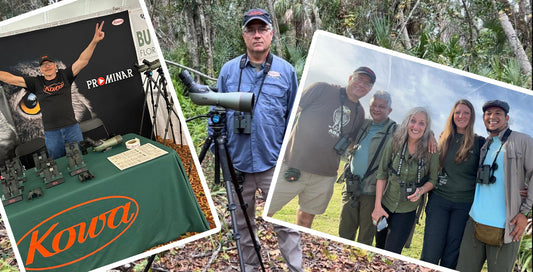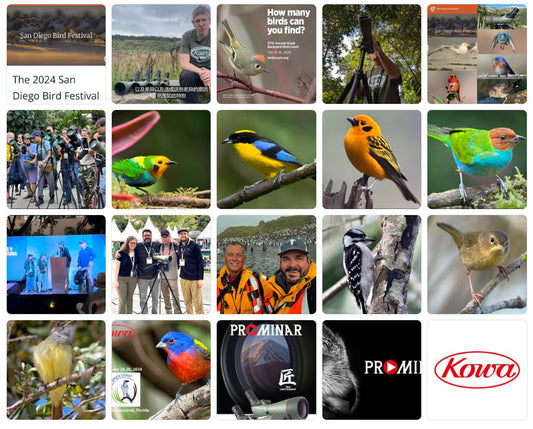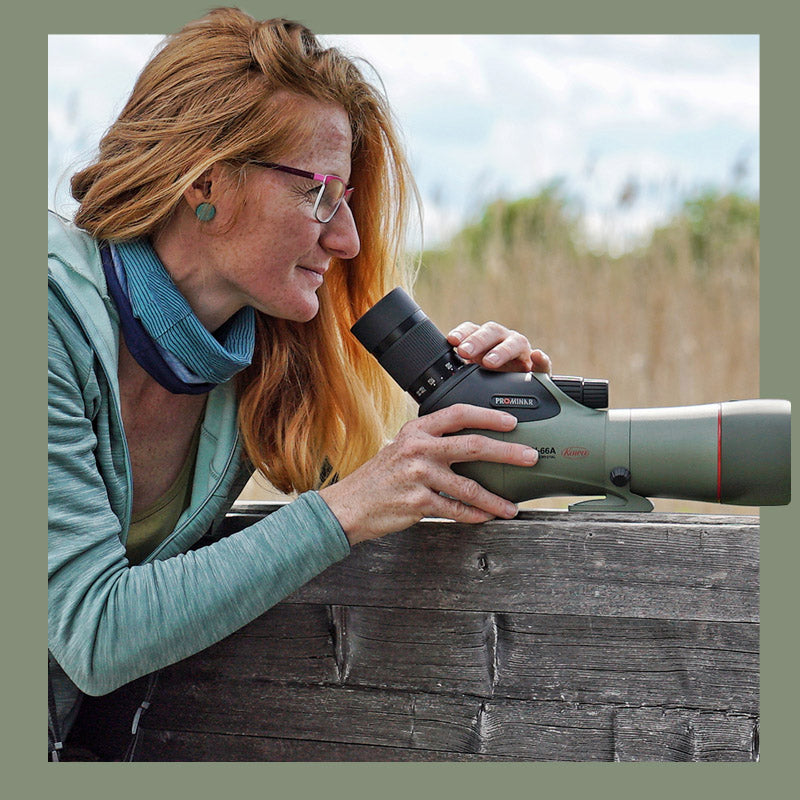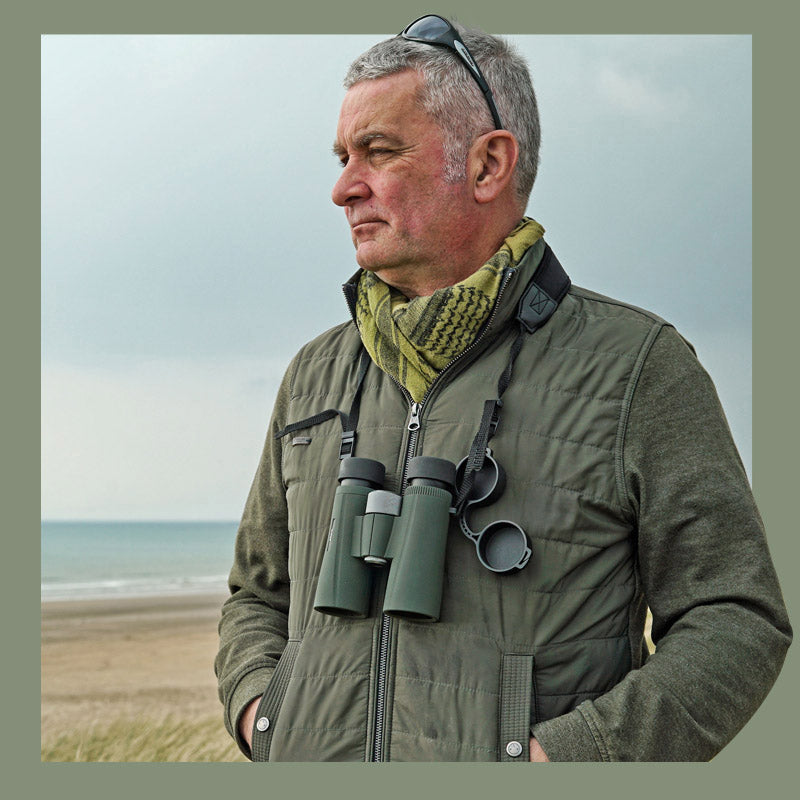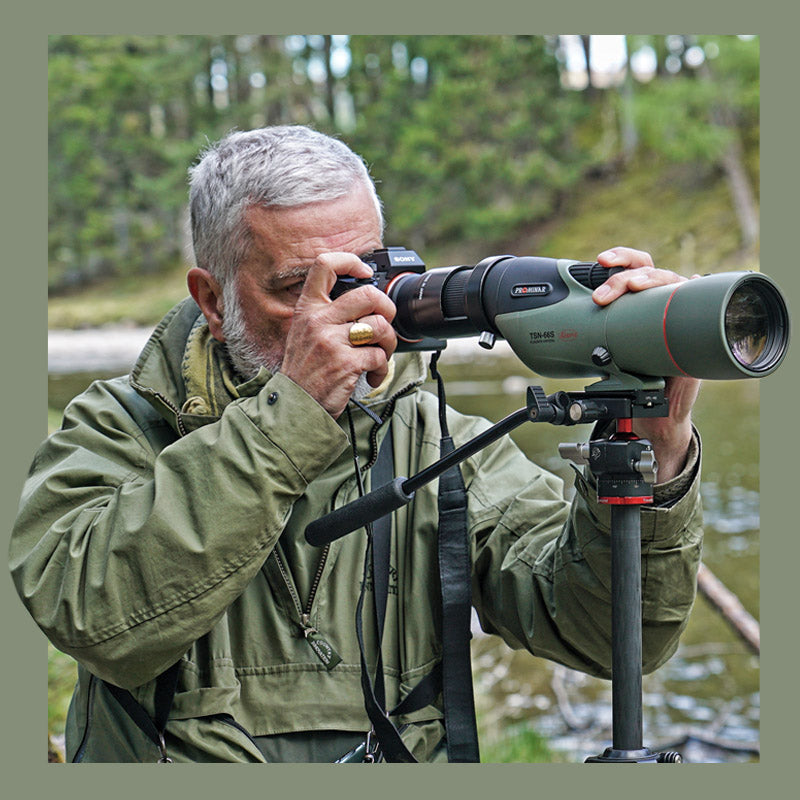From Curiosity to Craft
A simple fascination with the natural world can grow into a lifelong pursuit. For Kowa ambassador Justin Carr, what began as a childhood pastime has evolved into a remarkable journey of digiscoping mastery. From recording birds on camcorder tapes in the 1990s to filming seabirds in flight with advanced optical setups, Justin’s commitment to his art is evident in every clip he captures. When we met him at the Nottinghamshire Wildlife Trust’s Attenborough Nature Reserve, he shared his experiences, techniques, and stories—offering both inspiration and practical advice for anyone eager to follow in his footsteps.
Early Days: From Walks to Wildlife
Justin’s love for birds started thanks to his grandparents, who often took him on evening and weekend outings. Those simple excursions planted the seeds of a lifelong passion. In the mid-90s, an impulse purchase of a camcorder sparked an idea: pairing a video camera with a spotting scope could deliver unexpectedly sharp results. That moment of discovery marked the beginning of his digiscoping adventure.
Mastering Motion: The Art of Birds in Flight

For Justin, it wasn’t just the beauty of birds that drew him in—it was the challenge of capturing them in motion. Photographing or filming flying subjects is demanding: no autofocus, no second attempts, just manual precision and timing. It’s a test of patience and reflexes. Among his most memorable moments are filming a butterfly mid-flight with handheld gear and recording a Black-browed Albatross soaring close to astonished birdwatchers along the UK coast. These fleeting encounters, he says, are what make the early mornings worthwhile.
The Kowa TSN-88 PROMINAR: His Essential Tool

At the heart of Justin’s setup lies the Kowa TSN-88 PROMINAR spotting scope, renowned for its pure fluorite crystal lens that ensures unmatched sharpness, even at full zoom. Its dual focusing system—offering both quick and fine adjustments—helps him seamlessly track fast-moving wildlife. The straight-body design, reminiscent of handling a DSLR telephoto lens, allows for quicker target acquisition, which Justin finds invaluable in the field.

His technique centers around manual focus combined with focus peaking—a feature that highlights in-focus areas with a color overlay. He uses blue for its visibility against natural backdrops, fine-tuning the focus wheel to maintain that highlight on the subject as it moves. This level of control, refined through years of practice, has become second nature.
Tools of the Trade

Justin prefers the Micro Four Thirds system, often using Panasonic Lumix GH series cameras. The 2x crop factor brings distant wildlife closer, while maintaining clarity and manageable file sizes. His Kowa TSN-DA10 adapter ensures a solid link between camera and scope, and a gimbal tripod head provides fluid, stable motion when following active subjects. An external microphone is another must-have for him—small, but crucial for reducing wind noise and enhancing natural soundscapes.
Reading the Light and the Wind
For Justin, good light is everything. He plans most shoots during the golden hours—early morning and late evening—when the light is soft, colors are rich, and the air is still. These conditions not only enhance depth and contrast but also reduce heat haze, producing sharper images. Midday light, he notes, is harsh and often accompanied by wind—two factors that can easily ruin a great shot.
Getting Started: Digiscoping Made Simple
Justin’s advice to beginners is straightforward: start with what you have. A smartphone paired with a decent adapter can yield surprisingly sharp results, particularly for static subjects. As phone cameras improve, they’ve become a great entry point for learning composition and focus control. When it’s time to tackle moving subjects, a dedicated camera and scope setup will offer far greater flexibility and image quality. Above all, he emphasizes practice—developing the coordination and muscle memory that turn technical skill into instinct.



